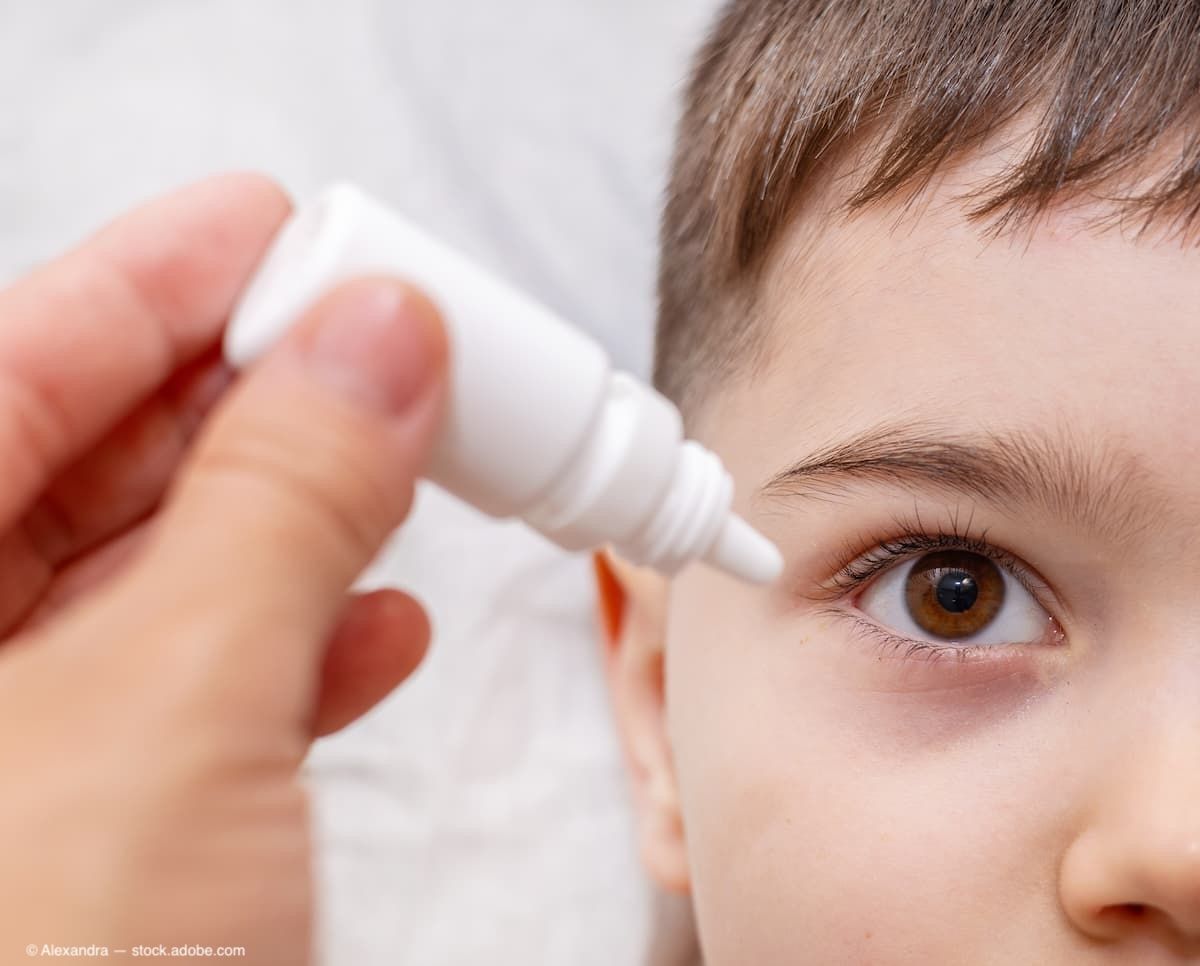News
Article
AAO 2024: LiGHT trial shows SLT outperforms medications in reducing glaucoma progression over 6 years
Author(s):
Key Takeaways
- SLT as a first-line treatment showed a 29% slower VF progression rate compared to glaucoma medication in the LiGHT Trial.
- The study used a Bayesian hierarchical model to separate true progression rates from perimetric noise and learning effects.
SLT superior to glaucoma drops as first-line treatment.
(Image Credit: AdobeStock/Vladimir Arndt)

A recent retrospective analysis of data from the Laser in Glaucoma and Ocular Hypertension (LiGHT)1 Trial found that selective laser trabeculoplasty (SLT) as a first-line treatment was superior to glaucoma medication for reducing the rate of visual field (VF) loss in patients with ocular hypertension and glaucoma, according to first author Giovanni Montesano, MD from the NIHR Biomedical Research Centre, Moorfields Eye Hospital NHS Foundation Trust and UCL Institute of Ophthalmology, and City, University of London, Optometry and Visual Sciences, London. He reported the results at the 2024 American Academy of Ophthalmology annual meeting in Chicago.
Both the LiGHT trial and the HORIZON trial2 have reported that VF progression can occur at different rates even when treated to the same target intraocular pressure (IOP).
Montesano and colleagues from the LiGHT Trial Study Group took their research a step forward in the study under discussion.
They published a method to better characterize the distribution of rates of VF progression3 and applied the methodology to analyze the 6-year rate of true VF progression in the LiGHT trial in patients with open-angle glaucoma or ocular hypertension who underwent SLT or received topical medication as first treatment. Eyes were included with the more positive mean deviation of each patient with at least 3 reliable VFs. The patients were followed for up to 6 years with VF tests and IOP measurements.
The mean rate of MD loss was compared between the 2 treatments using a Bayesian hierarchical model3 that separates the underlying distribution of “true” progression rates from perimetric noise and learning, the investigators explained.
Analysis results
A total of 710 eyes were included and randomized; 354 eyes underwent SLT as the first-line treatment and the remainder were treated with topical medications. The eyes underwent a mean of 12 ± 4 VF tests per eye.
The baseline MDs in the SLT group and the medication group, respectively, were −2.15 ± 2.69 decibels (dB) and −2.13 ± 2.84 (P = 0.72).
“The “true” MD rate of VF progression was 29% slower in the SLT-1st arm, −0.26 (−0.31, −0.21) dB/year (mean [95%-credible intervals]) compared to −0.37 (−0.43, −0.31) for the drops-1st arm (P = 0.006),” Montesano reported.
The study showed that the estimated proportion of very fast progressors (true rate < -1 dB/year) was 2.1 [0.8, 4.1]% in the SLT-1st arm and 6.5 [4.0, 9.7)% in the drops-1st arm (odds ratio [OR] = 3.80 [1.39, 9.06]). The estimated proportion of fast progressors (true rate < -0.5 dB/year) was 14.4 [9.1, 20.2]% in the SLT-1st arm and 25.4 [20.0, 31.1]% in the drops-1st arm (OR = 2.15 [1.22, 3.65]), the investigators reported.
In commenting on the results, Montesano and colleagues stated, “These results show evidence of a significantly slower rate of progression in eyes receiving SLT as initial treatment compared to medications. These results confirm previous evidence from the LiGHT trial with a more robust statistical methodology and a longer follow-up. The specific choice of modeling allows an estimation of the proportional effect on the true rates of progression, reducing the bias introduced by learning.3 This is particularly important to improve generalizability of the results when analyzing data from newly diagnosed patients, who are likely naïve to VF testing.”
References:
Wright DM, Konstantakopoulou E, Montesano G, et al. Laser in G, Ocular Hypertension Trial Study (LiGHT),Laser in Glaucoma and Ocular Hypertension Trial (LiGHT) Study Group. Visual field outcomes from the multicenter, randomized controlled Laser in Glaucoma and Ocular Hypertension Trial (LiGHT). Ophthalmology. 2020;127:1313-1321.
Montesano G, Ometto G, Ahmed IIK, et al. Five-year visual field outcomes of the HORIZON Trial. Am J Ophthalmol. 2023;251:143-155.
Montesano G, Crabb DP, Wright DM, et al. Estimating the distribution of true rates of visual field progression in glaucoma. Transl Vis Sci Technol. 2024;13:15.
Montesano G, Wright DM, Nathwani N, et al. Six-Year Rate of VF Progression in LiGHT Trial. Presented at the 2024 American Academy of Ophthalmology annual meeting, Chicago, October 18-21, 2024; Session: Glaucoma PA037
Newsletter
Don’t miss out—get Ophthalmology Times updates on the latest clinical advancements and expert interviews, straight to your inbox.




